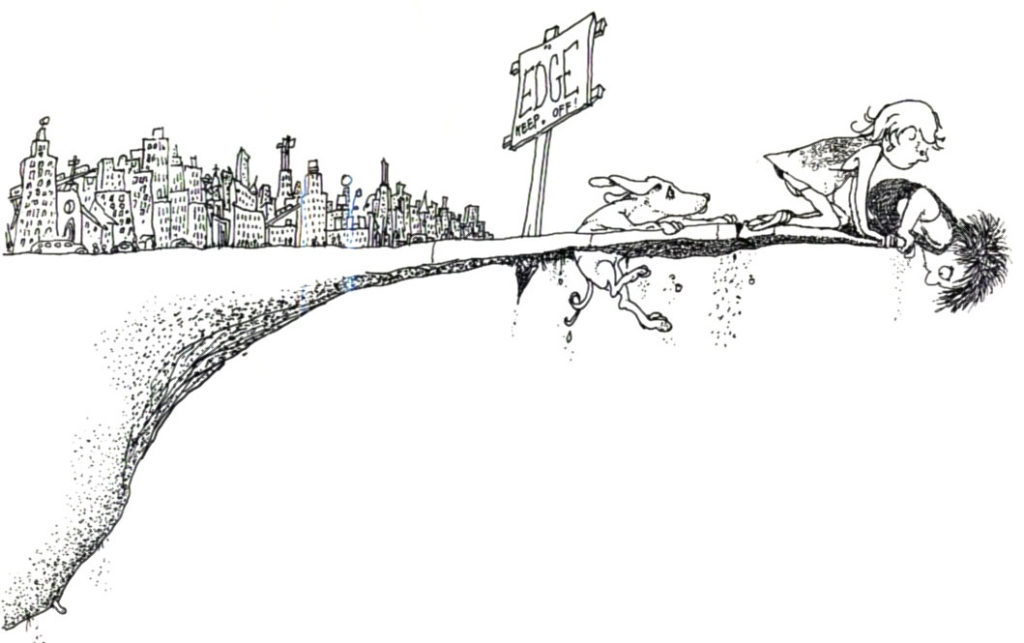I recently read this piece by James McQuivey of Forrester and it’s definitely worth taking a look at. Just in case you don’t take my advice, the focus of the article is that large companies like P&G, GE and JP Morgan Chase are revisiting their digital (display) ad spend and are asking Google and Facebook for transparency into their reporting. When is an impression an impression? Is a click-through really a click-through? etc.
As you know, historically TV ads, Radio ads and Billboards had no way of tracking other than waiting for a bump in revenue. Not the best method of tracking but that’s all that they had. Traditional advertising was about frequency and reach. If you saw my ad 4 times, you’d consciously/subconsciously remember my business. Cognitive Neuroscience has proven this. But for the past 15 years, businesses have migrated their advertising spend to digital, partially because of the audience but mainly because of the fact that it can be tracked. Measurable ROI is promised. (Keep in mind that advertising is the only line-item a business regularly incurs without any guarantee of a return. Go ask any CFO, after a few beers, how they feel about advertising.)
Only now, that things can be tracked, do they suddenly realize that digital advertising is and has been broken. Irreversibly broken. When banner ads were first seen, click through rates were near 100% but people quickly learned that it was pretty much garbage on the other side. Someone trying to sell them something.
Just to be clear: there is no one in the history of the world that wanted to have something sold to them. No one. Ever.
Consumers have needs to be met. They have problems that need to be solved. That’s why search and retargeting work so well. They find products/services (not brands) when they have a need. Does anyone sit in front of the TV and wait for an ad to show when they have a need? Do they drive around and look for billboards featuring products/services they need? Turn on the radio in the hopes of hearing that valuable commercial? Nope. They Google it. More importantly, they Google it from their phone. Their smartphone.
This is the reason there’s almost no way to get anyone’s attention. Their attention has been taken over by the ways of the modern world. You get brief moments with consumers and you can bet that the vast majority of those moments has the consumer exploring instead of waiting to be entertained. They’re never hoping to be interrupted. This is the way of the advertiser. Interrupt the experience. Many marketers on the other hand have been able to get amazing results from digital advertising. Toyota digital was able to get 1500% ROI in one month with smart targeting & API on Facebook’s platform.
Also, the problem of digital advertising is only going to get worse if IoT has the impact that it can. People may or may not give up their cell phones for glasses, windshields, watches and fridges. The thought of ads in their current format, on these devices brings deep dismay into the minds of consumers.
In summary so far, businesses got tired of throwing money out there an hoping for the best. So they moved budgets to digital where things can be tracked. Only now do they realize that the vast majority of digital advertising – especially display – is terrible.
So what are companies going to do? Are they going to go back to TV and hope that some 85 year old is there, waiting to see something they need? Are they going to just accept that 1% click-through is the best they can get. (Think about that. 99% of people that saw your ad wanted nothing to do with it. Somehow that’s a success.)
Mr. McQuivey has some suggestions like having the voice of Progressive’s Flo used to reinforce the relationship with the brand. The problem with that is that TV was used to get there in the first place, which makes his argument a little less poignant. (Pretty good idea though.)
Initially there was hope that contextual push notifications would become the norm. Unfortunately, push notification fatigue is upon us because businesses didn’t invest in facilitating contextual experiences. They threw stuff at the wall and very little of it has stuck.
Native advertising shows promise and will continue to evolve BECAUSE it doesn’t look like ads. These ads need to become more contextual. That’s the promise of 1-to-1 marketing. Â Context. Context as to who you are. Where you are. What persona you’re inhabiting. Why you’re looking for a product or service.
The one ingredient businesses have missed and will continue to miss is a partnership with consumers. Let the customer tell you what persona they’re inhabiting and then let them tell you if they’re interested in receiving offers. Start with a small sophisticated beta group and take lessons learned and apply them to the masses. It will be very difficult at best if you simply try to anticipate their needs without partnering with them.
In the end, there will be a lot less advertisers. Only the best marketers will survive . . .
